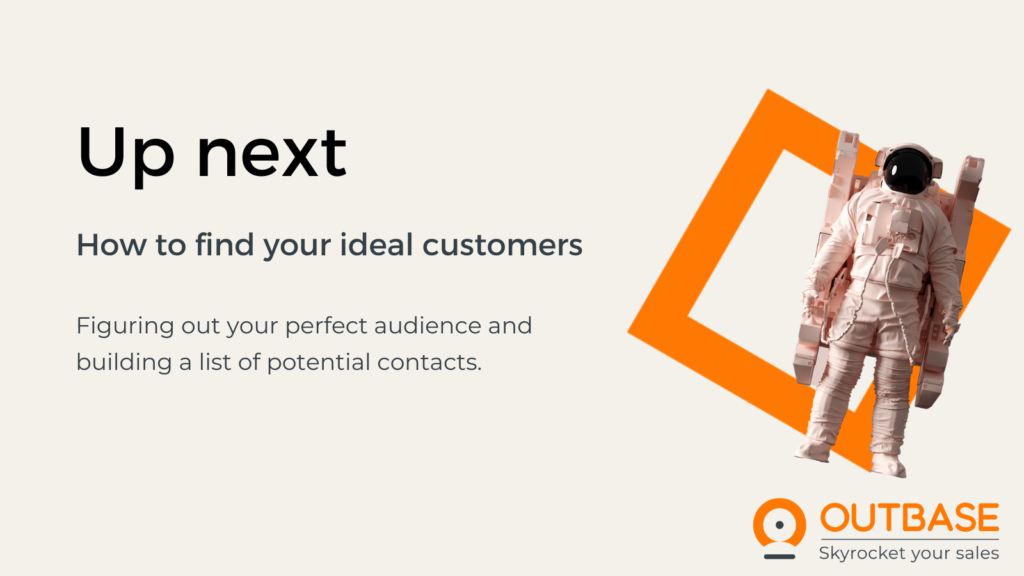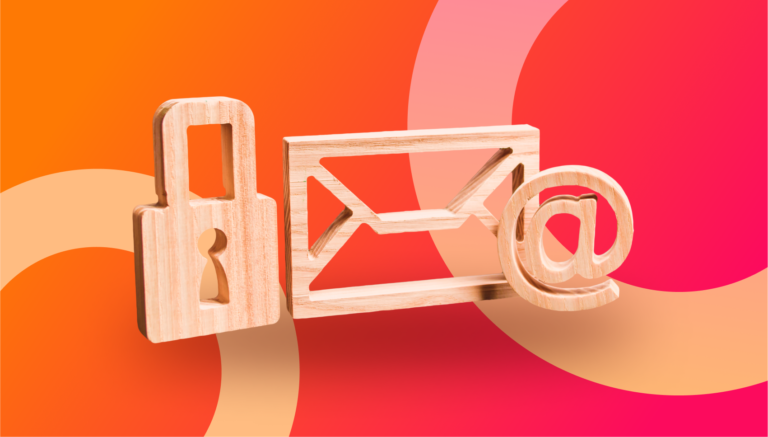Getting new customers: the basics
You’ve set up your website, written some blogs, and are getting your name out there on social media. Great! But waiting for customers to come to you takes a lot of time. So you need to combine it with a more proactive approach.
This is known as prospecting.
What is prospecting?
Prospecting is the act of finding new people who might want to buy from you. You usually do it by reaching out to them directly through things like emails, phone calls, or LinkedIn messages.
Prospecting involves three steps:
- First, you’ve got to make a list of people who could be interested in what you’re selling – they’re referred to as prospects.
- Then, you need to get in touch with them.
- And lastly, you should be ready to handle their replies and answer any questions they might have.
Essentially, prospecting is about finding new customers by actively putting yourself out there and seeing who’s interested.
How do you define a prospect?
A prospect is someone who might buy something from you in the future.
It’s like when you go to a car dealer to look at the different cars, but you haven’t yet decided which one to buy. This would make you a “prospective” customer because you might end up buying something, but you haven’t made up your mind yet.
Businesses want to attract prospects in the hope that they’ll eventually become customers.
What’s the difference between a prospect and a lead?
The words lead and prospect are often used interchangeably, but they mean different things!
A prospect is: someone who could be a good match for your business.
A lead is: someone who shows interest when you reach out to them.
It’s like when you slide into someone’s DMs and they actually reply – that’s a lead! They’re showing that they might be keen on what you have to offer. So a prospect is a potential customer, while a lead is someone who’s actually engaging with you and shows signs of becoming a paying customer.
What’s the best way to do prospecting?
Obviously, we think email is the bee’s knees when it comes to approaching prospects.
Email allows you to reach a lot of people quickly and easily, getting directly into their inbox. It interrupts their day far less than a phone call, doesn’t have the costs involved with sending letters, and isn’t as easily ignored as LinkedIn DMs.
Plus, with clever tools like Outbase, you can customize your emails so they feel personal to each recipient, even if you’re sending hundreds of emails at once. With a few clicks, you can include their name, mention something you know about them or their company, and show them how your product or service can help them.
77% of B2B buyers actually prefer getting contacted by email when it’s about business. So guess what? That means email can get you the most leads and the best bang for your buck.
So for now, we’ll focus on how to find new customers by emailing them.




